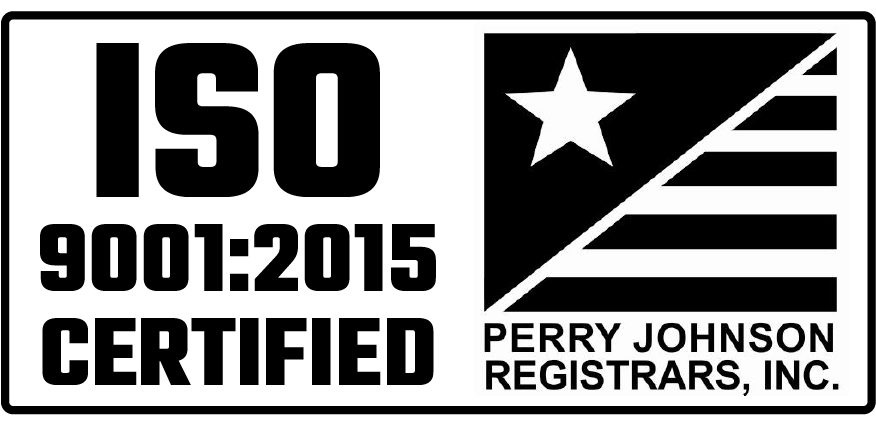Designing, manufacturing and selling a new product are essential functions for Original Equipment Manufacturers (OEMs), but it’s important to note that testing should not be left out of the process. Why? Because new product testing allows you to verify that the device is designed correctly and validate that the right device has been designed for the application.
Depending on the product and its intended use, testing can range from simple to complex. Either way, successfully developing and executing the appropriate pre-roll out test(s) for a new product largely depends on how well your team addresses – and overcomes – these five common challenges:
1. Understanding Product Requirements
Before you even start to think about how you’ll test the product, you need to understand the product requirements. How is the device supposed to function? What problem should it help the user solve? Once these questions are answered, you can decide how to test each feature, the number of devices to test, estimate cost and prioritize the testing based on the product requirements. To ensure you’re testing the product as efficiently as possible, focus on the critical components instead of lower priority functions.
2. Analyzing Cost vs. Risk
An OEM could choose to test every single component on a machine to balance safety and liability, but the process is time and cost prohibitive. Instead, the most rigorous testing is generally focused on where the biggest risk lies within the machine so the OEM can fully comprehend and mitigate it. Answers are sought to key questions including: If the product fails, could someone get hurt? Would the failure cause property damage?
3. Planning for Testing
Once you have determined the types of tests you’ll need to run on the product, be sure to plan enough time for execution and any subsequent design tweaks. If your team lacks the proper amount of time to fully test, make any necessary design modifications and retest, you could end up with quality issues, unhappy users and possibly a damaged reputation.
4. Choosing Test Methods and Variables
The tests you perform should verify and validate the device design. When testing your product: drag it, drop it, turn it on and off, run it, extend it, submerge it, put the pedal to the metal. Do whatever you need to do to understand how your device will hold up under conditions it could face over the course of its lifetime.
While there are countless ways to test a new product, many OEMs find environment testing to be effective. By testing the device in its actual anticipated use environment – whether literally or simulated – your team can explore how it will hold up if exposed to water, sand, chemicals, extreme temperatures, salt and more. The key is to properly identify the environment(s) the device will be used in so that you don’t perform unnecessary tests or overlook critical tests.
An OEM may also consider performing life cycle testing. A life cycle test establishes the product’s longevity by running the device through as many revolutions as possible before failure. If and when it does fail, a determination is made as to whether the device lasted long enough to satisfy its intended purpose or if design adjustments need to be made to increase longevity.
5. Controlling and Documenting Test Methods and Variables
As you test, make sure that you are in control of the method and the variables. Perform drop tests from the same height and angle to the ground. Rev the engine up to the same RPMs and at the same rate. Drag devices at the same speed across the same surface. Increase loads by the same increments. Consistency is the goal, which may require software automation or some sort of jig. If any of the variables are uncontrolled, your tests won’t be accurate or valid.
As you carry out the testing, record each of the variables and outcomes meticulously. Keeping organized, accurate metrics will help you analyze the data efficiently and make design decisions accordingly. These test results and records can also be shared with the end user to help verify and validate your product.
A Final Thought on Testing
I always try to give my product to that person I know who always manages to break stuff. You probably know someone like that too, right? Let that person mess around with your device for a few days, if possible. This is a great way to uncover any unintended uses or shortcomings of the device that could cause failure.
While the challenges surrounding new product testing can be daunting, having the right teams in place can alleviate the pressure. If your internal team could use some extra help, MCL is ready to develop testing for electrical, mechanical and electromechanical assemblies. Our ability to work as an extension of your organization is outlined in A Collaborative Approach Leads to Enhanced Safety, Quality and Quick Delivery. Click the button below for your copy of this case study.





